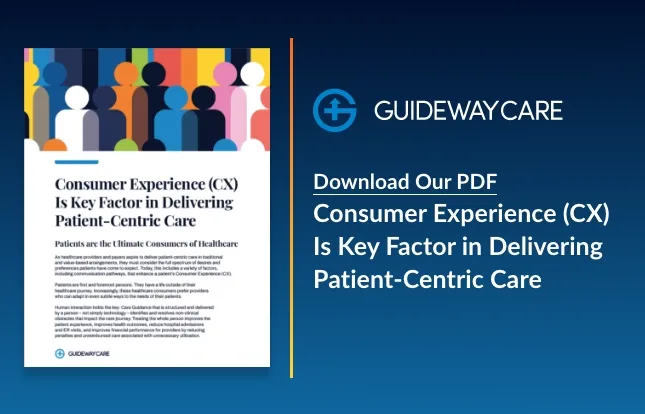Patient Experience vs. Patient Engagement

Patients are at the heart of health care, and patient experience (PX) and patient engagement (PE) are two key concepts that have gained traction in recent years. Constraints in the health care system—such as rising costs, staffing, and technology challenges—have created an urgent need to provide better patient service while simultaneously improving outcomes.
The Hospital Consumer Assessment of Healthcare Providers and Systems (HCAHPS) survey, created by the Centers for Medicare & Medicaid Services (CMS), is a tool used to measure patient experience and patient engagement. This survey evaluates factors such as communication with doctors, the responsiveness of hospital staff, cleanliness in the hospital, and overall quality of care.
Read more: Patient Satisfaction in Healthcare: What It Is, Why It Matters & How to Improve It.
Although PX and PE share similarities, they are not interchangeable. Patient experience is focused on delivering excellent service, including a pleasant environment and making the patient feel valued. This is where hospital staff can make the most impact, with minor changes having a significant impact. With PX, it’s about ensuring every patient has a positive experience that meets their expectations. Read on to understand how patient engagement differs from patient experience.
What Does Patient Experience Entail?
Patient experience refers to the entire journey, from when they first interact with a healthcare provider and their staff to treatment and aftercare. It encompasses every aspect of the patient’s time in a healthcare setting – from reception, waiting rooms, and clinics to how the staff interacts with them. This includes:
a) how long a patient will wait;
b) how the staff interacts with them;
c) their quality of care; and
d) the results they experience during treatment.
Patient experience also includes the patient’s overall perception of their experiences, including how they felt while in care and the quality of care they received.
The goal of patient experience is to ensure that patients feel respected, heard, informed, accepted, and secure when interacting with healthcare providers or medical staff. It’s about creating a comfortable, professional, and welcoming environment so patients can have a positive experience with the healthcare system.
What Is Patient Engagement?
When healthcare providers discuss patient engagement, they discuss working with patients to improve their health outcomes. This differs from patient experience because it focuses on how healthcare professionals can collaborate and partner with patients to achieve better health outcomes. Here’s what it involves:
a) Healthcare providers working with patients to understand the patient’s health condition, needs, and preferences.
b) Developing individualized care plans that meet the patient’s specific needs.
c) Encouraging the patient to take an active and crucial role in their care by providing them with education and resources.
d) Evaluating how current treatments are working and making adjustments if necessary.
e) Frequent communication between healthcare providers and patients to monitor progress, ensure that care plans are followed, and provide support.
By engaging with patients to understand their needs and preferences, healthcare providers can develop treatments tailored to the individual patient. This helps improve the quality of patient care and increases their satisfaction with the healthcare experience.
Patients enter the healthcare system with certain expectations for their experience. Contact Guideway to improve patient satisfaction with our guidance program. Our team of experts can help guide you to a successful patient relationship.
Contact Us Today To Learn How We Can Help
"*" indicates required fields




